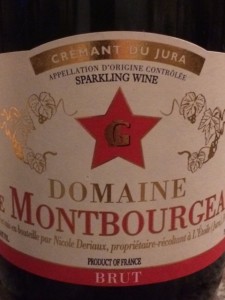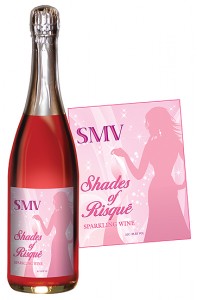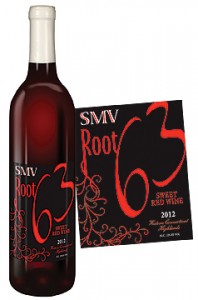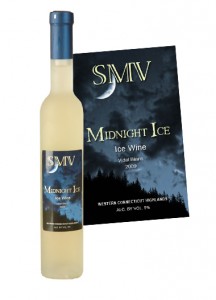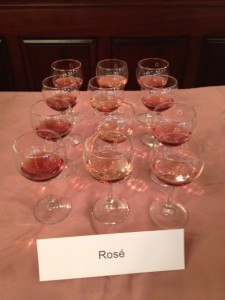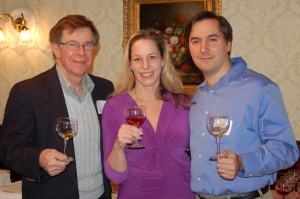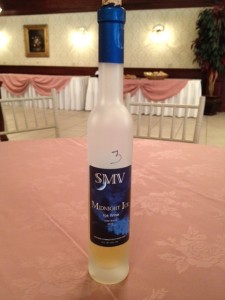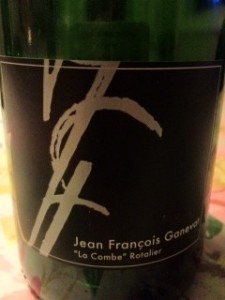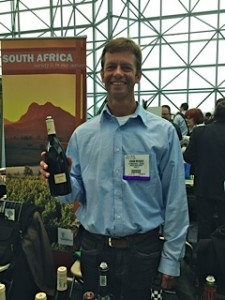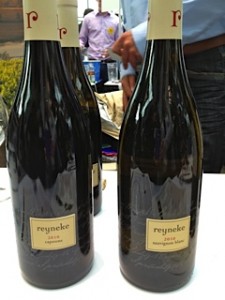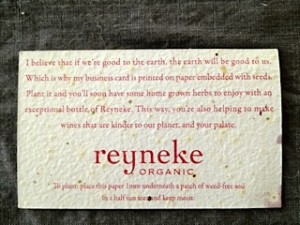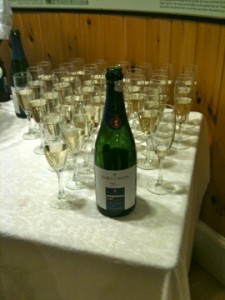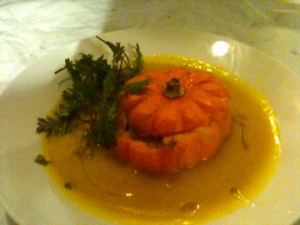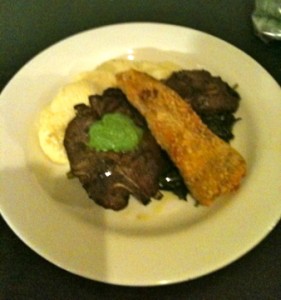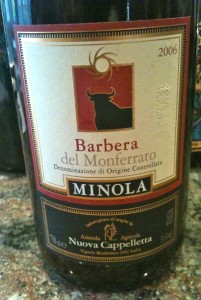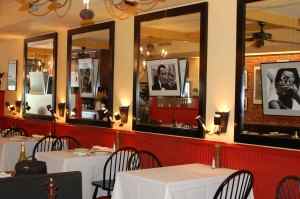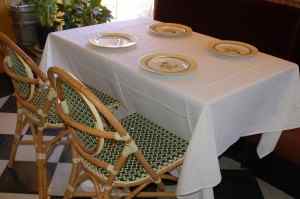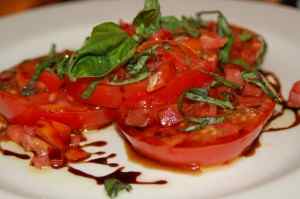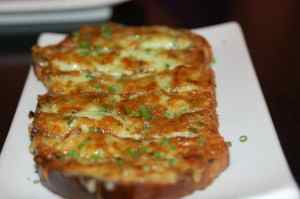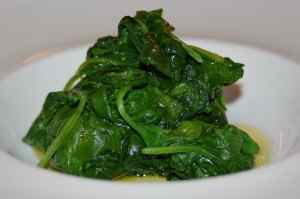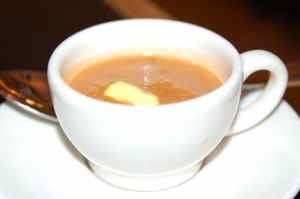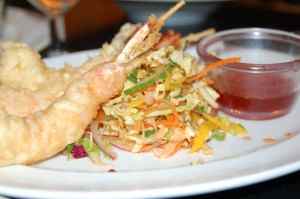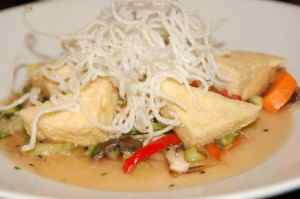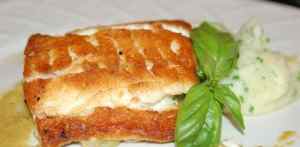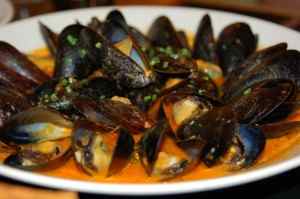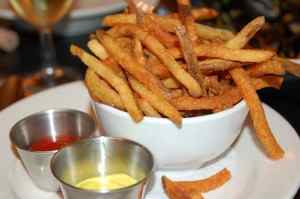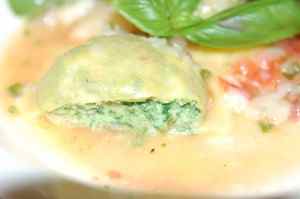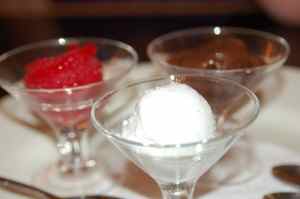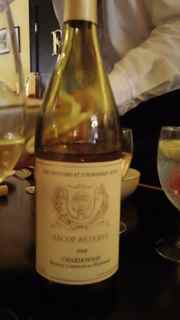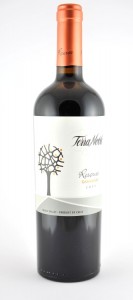 Nightcap #3: Terra Noble Reserva Carmenere 2011, Maule Valley, Chile $12
Nightcap #3: Terra Noble Reserva Carmenere 2011, Maule Valley, Chile $12
Carmenère has an interesting history. It was once a regular contributor to the blends of Bordeaux. It's susceptibility to mildew, however, made it the black sheep of the family, being passed up more and more by the Bordelais for the other authorized Bordeaux grapes (including carmenere's father, cabernet franc!). Fortunately for carmenère, it was able to thrive in drier climates and found a new home in Maule Valley, Chile, where plenty of sunshine and summer warmth has brought out the best in this variety. Ironcially, global warming has some Bordeaux grape growers experimenting with their little black sheep once again.
The grape is dark-skinned, producing deep red wines with good structure, dark berry notes, hints of mocha, and herbaceous overtones. Some have likened the flavors of carmenère to those of Indian spices. After recently tasting a bottle of Terra Noble, I said to myself, "Why aren't I drinking more carmenère?" I have no doubt you will feel the same after tasting this wine, especially at this price point.

